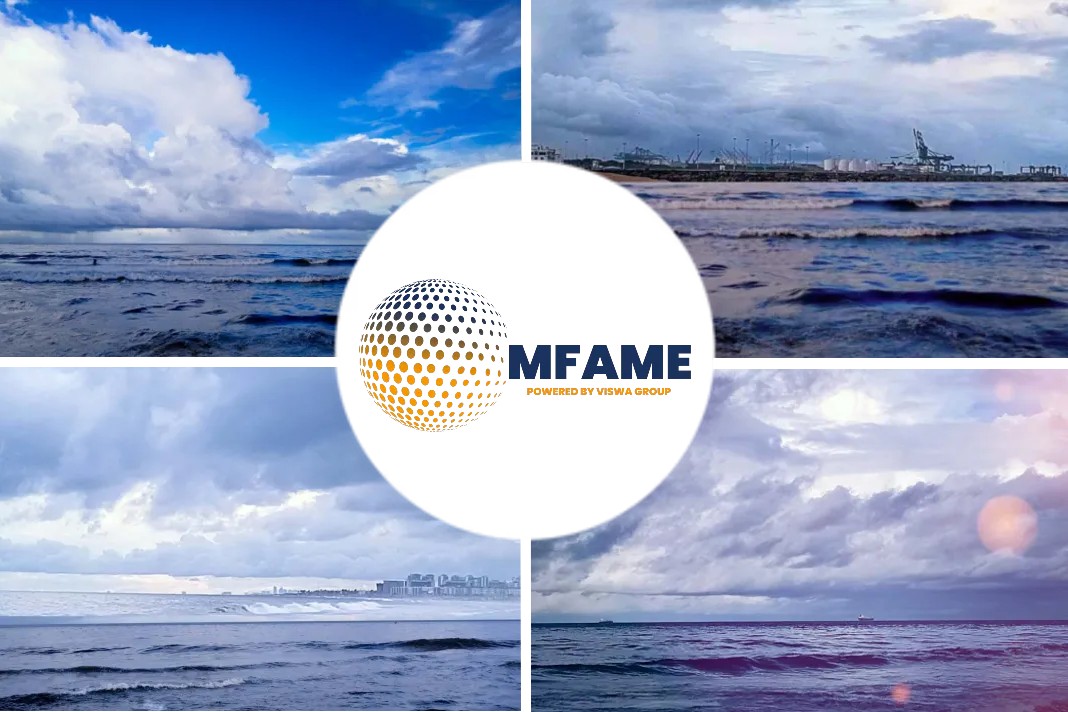- Tankers had an exuberant end to 2019.
- The outlook for tankers in 2020 was universally promising.
The expectations were for a rebound in refining activity in 2020, partly from IMO 2020, but also oil demand growth, new refinery capacity and a tighter stock position, says an article published in Riviera.
Expectations in 2020
In announcing Q4 2019 results, Euronav chief executive Hugo De Stoop said: “Tanker sector fundamentals improved further during Q4 to drive large tanker markets to their highest level since 2008. Specific catalysts have continued to influence short-term freight rates – reflecting the current balance in market dynamics. With continued limited contracting of new vessels, an orderbook at a 25-year low and fleet expansion capital being rationed, the prospects for a sustainable cyclical upturn remain in place.”
With hindsight, a little-known disease was already in the public domain and about to wreak havoc on any forecasts for tanker demand.
Changes in forecasts
As 2020 progressed, there were numerous revisions to the forecasts and actual crude oil runs through refineries as the pandemic lockdowns took effect. The lower volume of products being produced, exported and traded translated into weak product exports and trade.
“The initial higher (refinery) run expectations related to IMO 2020 have of course fallen somewhat short and lockdown restrictions have played an important part,” said Galbraiths head of the research department Annika Bartels, speaking at the Tanker Shipping & Trade 2020 virtual conference in November 2020.
As the pandemic took hold, crude oil refineries began to reduce capacity. Poten & Partners head of tanker research & consulting Erik Broekhuizen reported that in 2020 the US closed around 7% of its refinery capacity: “Refinery closures on the east and west coast of the country will lead to more product imports (from Europe and the Far East respectively),” he said in a recent report.
Surge in floating storage
But the standout impact of Covid-19 on tanker demand was the surge in floating storage. Speaking at the 2020 Tanker Shipping & Trade virtual conference, Maritime Strategies International (MSI) director Tanker Markets and Energy, Tim Smith explained the background for this atypical tanker demand.
“The peak (in June 2020) coincided with the OPEC+ cuts and for the smaller (tanker) sizes, the volumes in storage dropped substantially,” said Mr Smith. “The trend for VLCCs continued upwards, in part, due to crude oil that was produced in surplus in Q2 (2020) making its way to China, and we saw a lot of vessels waiting off China to discharge.”
This led to a two-tier situation of VLCCs outside China storage peaking at the same time as smaller tanker floating storage, but the volume of VLCCs in floating storage in China continued to grow into Q3 2020. “That has been a key feature in the second half of 2020 and reflects a lot of crude oil moving to China,” said Mr Smith.
Average haul
Was there any comfort to be had from the demand data in 2020? One surprising piece of comfort came courtesy of Clarkson Research Services (CRS), which reported that the average haul growth of seaborne trade is set to continue. Average haul across the whole of the global fleet is set to increase by 0.7% in 2020, to 5,050 nautical miles.
This will be the fifth consecutive year of increase and could imply that, despite the impact of Covid-19, demand for shipping services remains fundamentally firm.
Did you subscribe to our daily newsletter?
It’s Free! Click here to Subscribe!
Source: Riviera
















![[Watch] A Christmas Tree Goes To Sea](https://mfame.guru/wp-content/uploads/2025/01/mfame-container-100x70.jpg)
